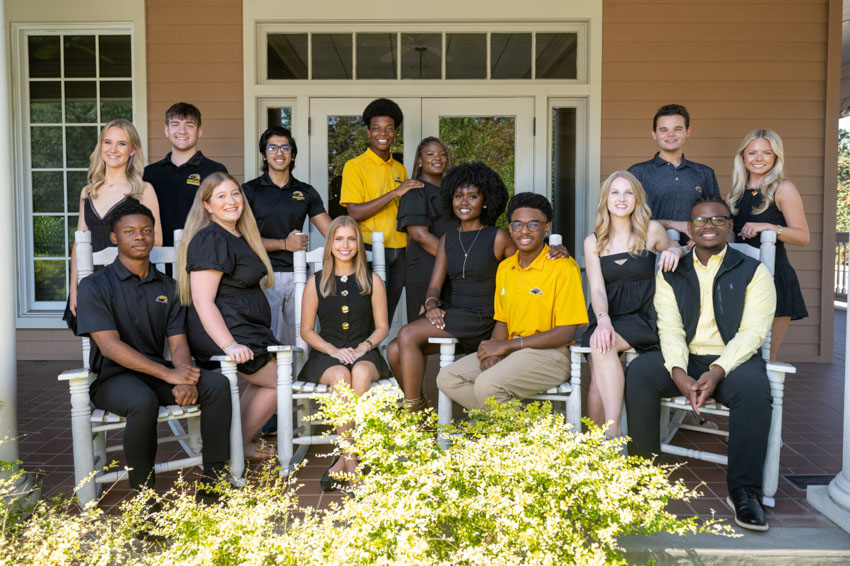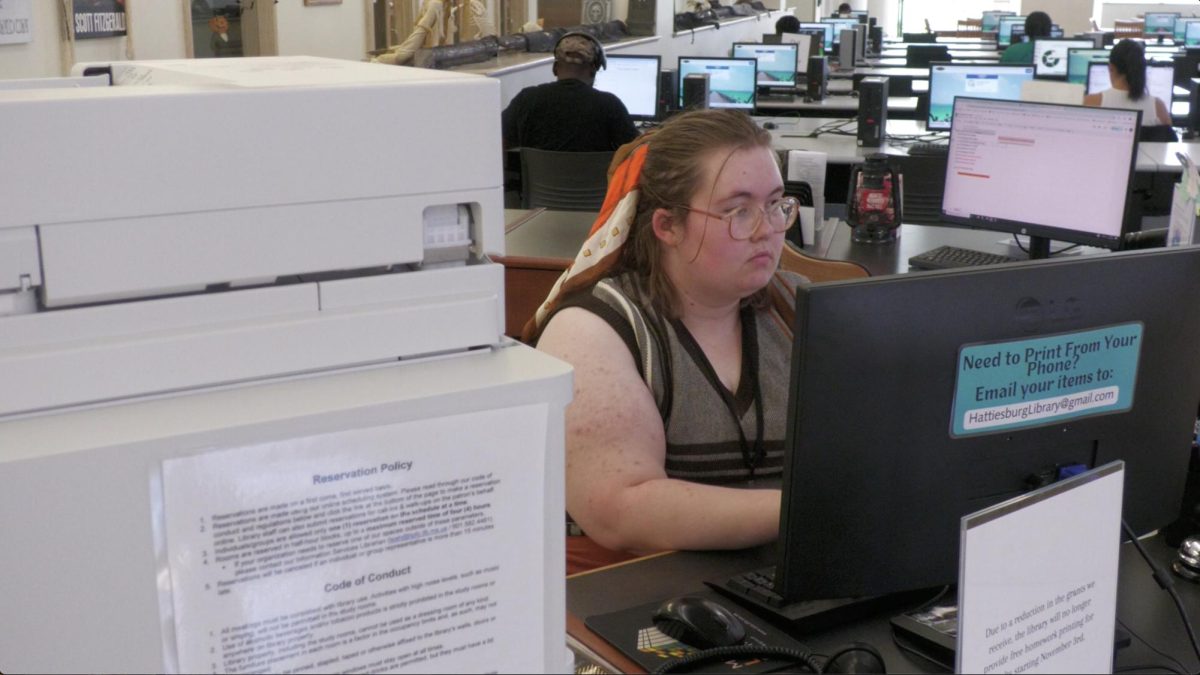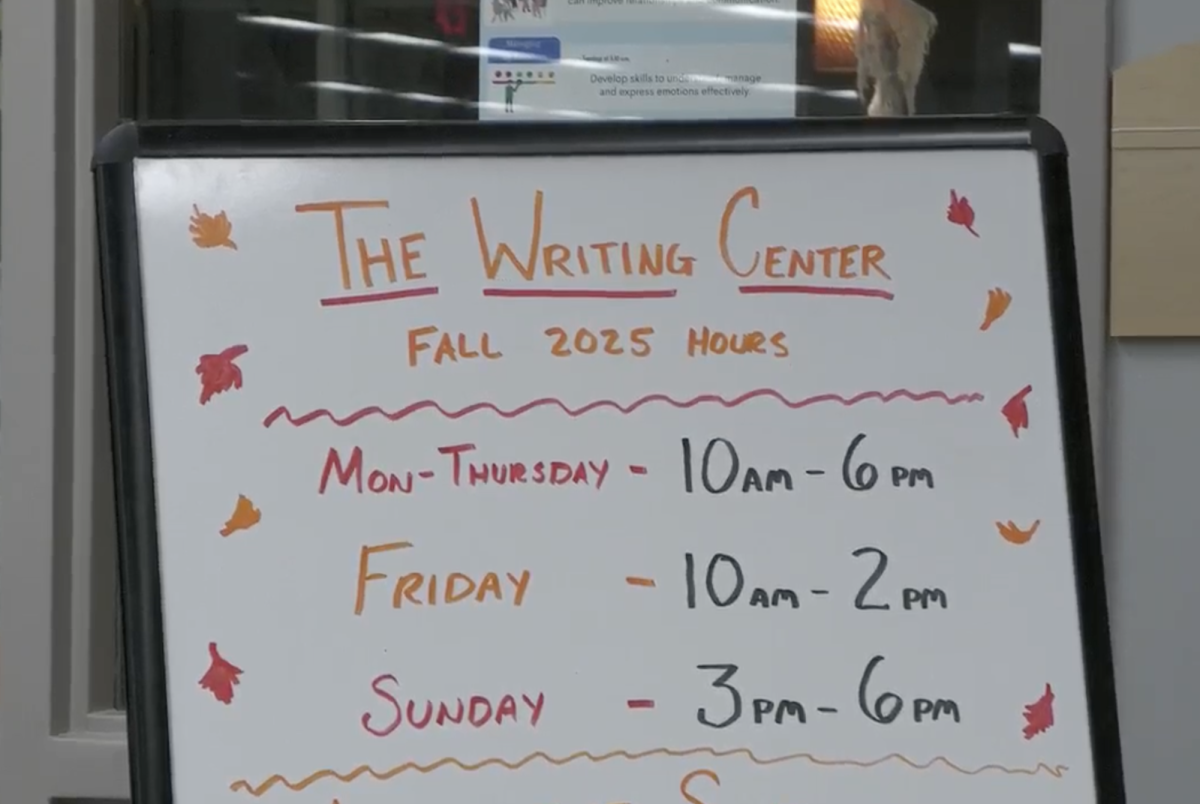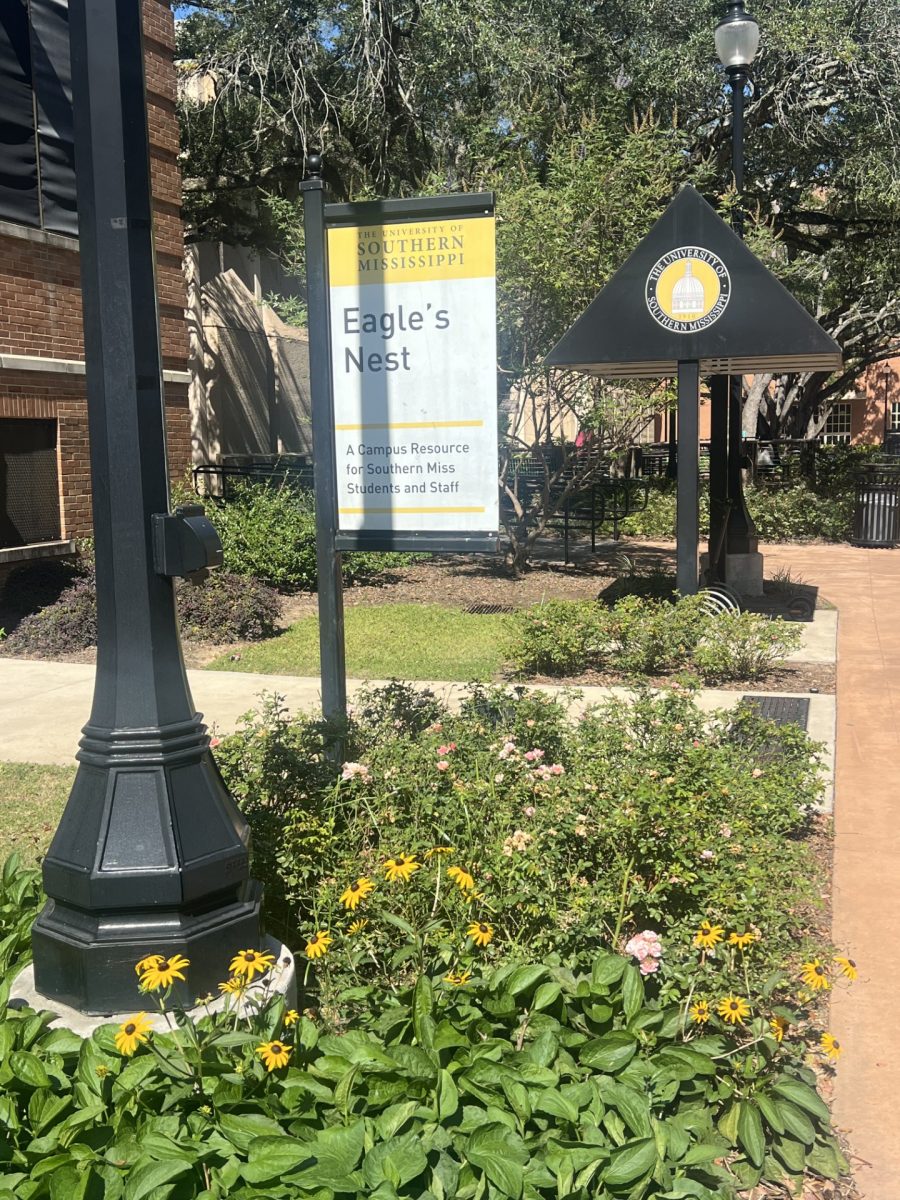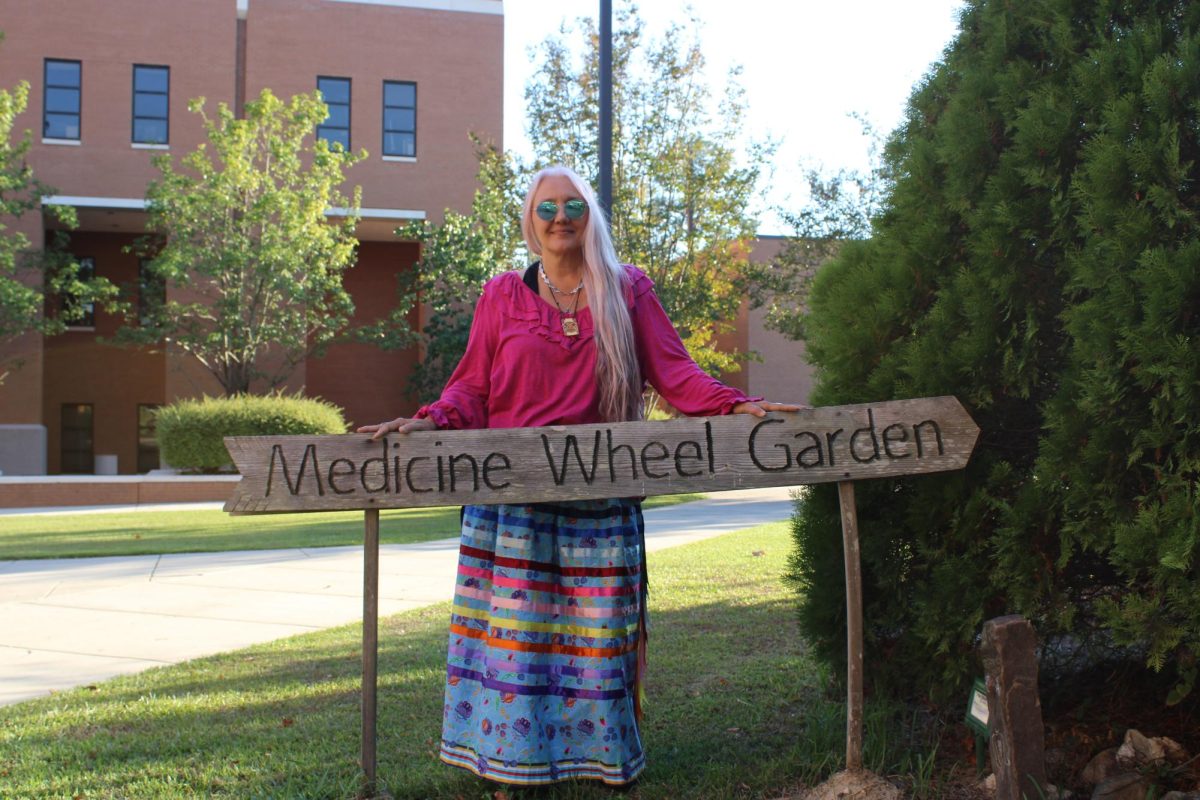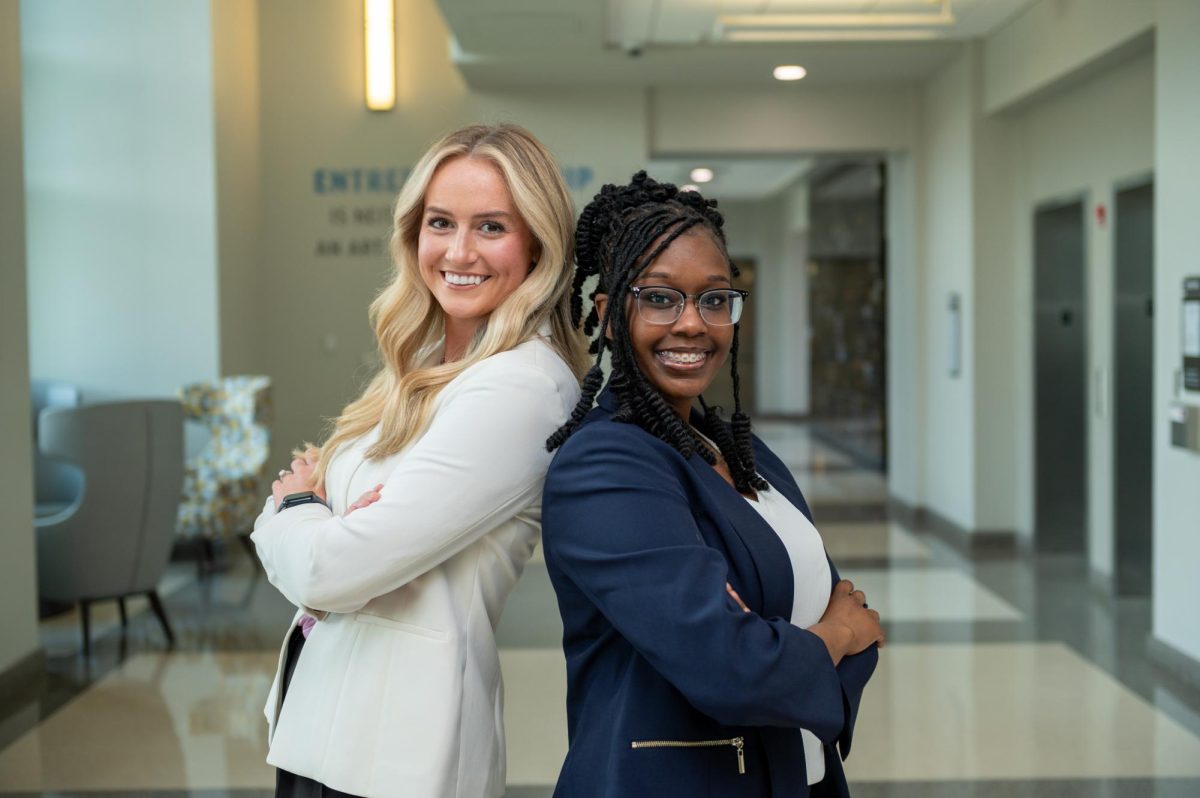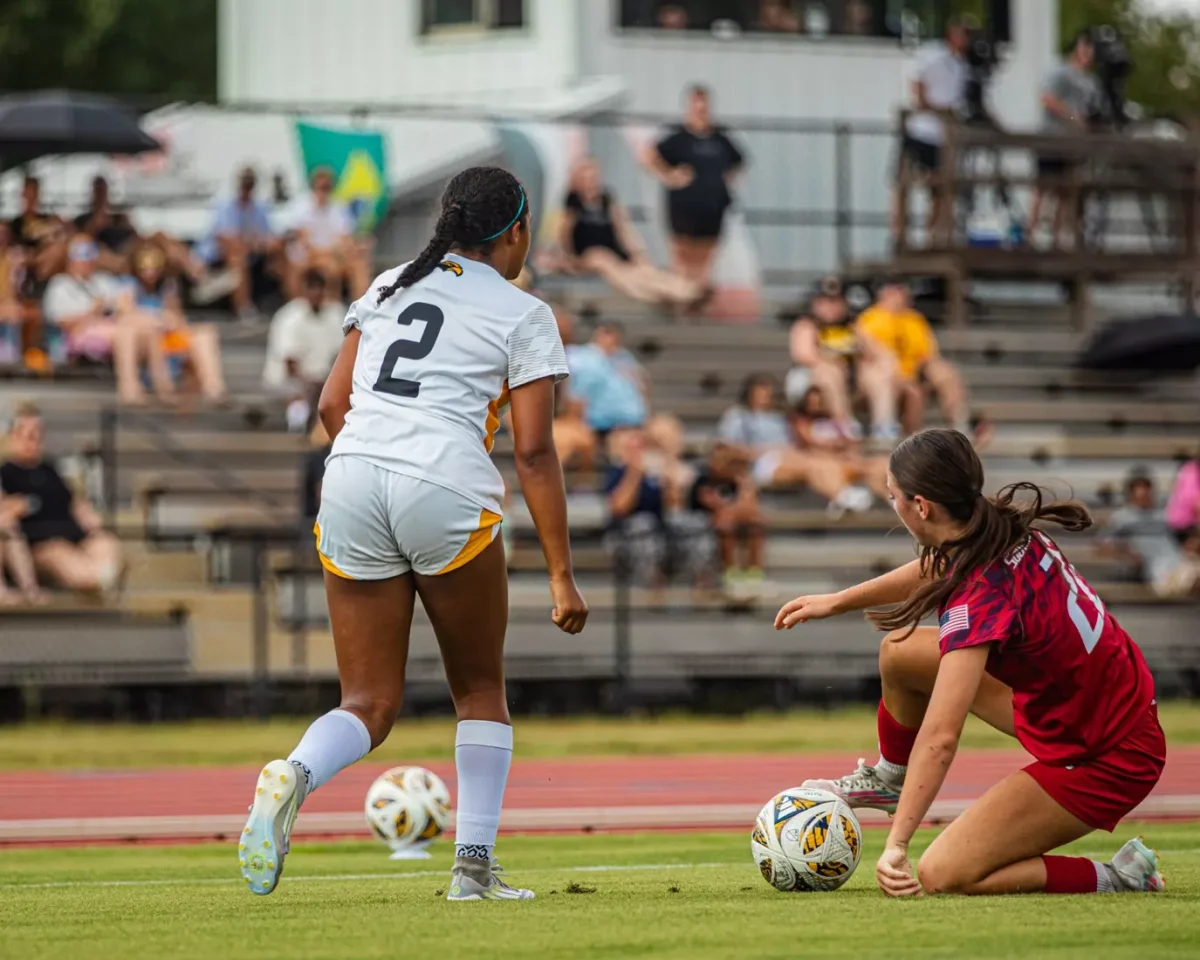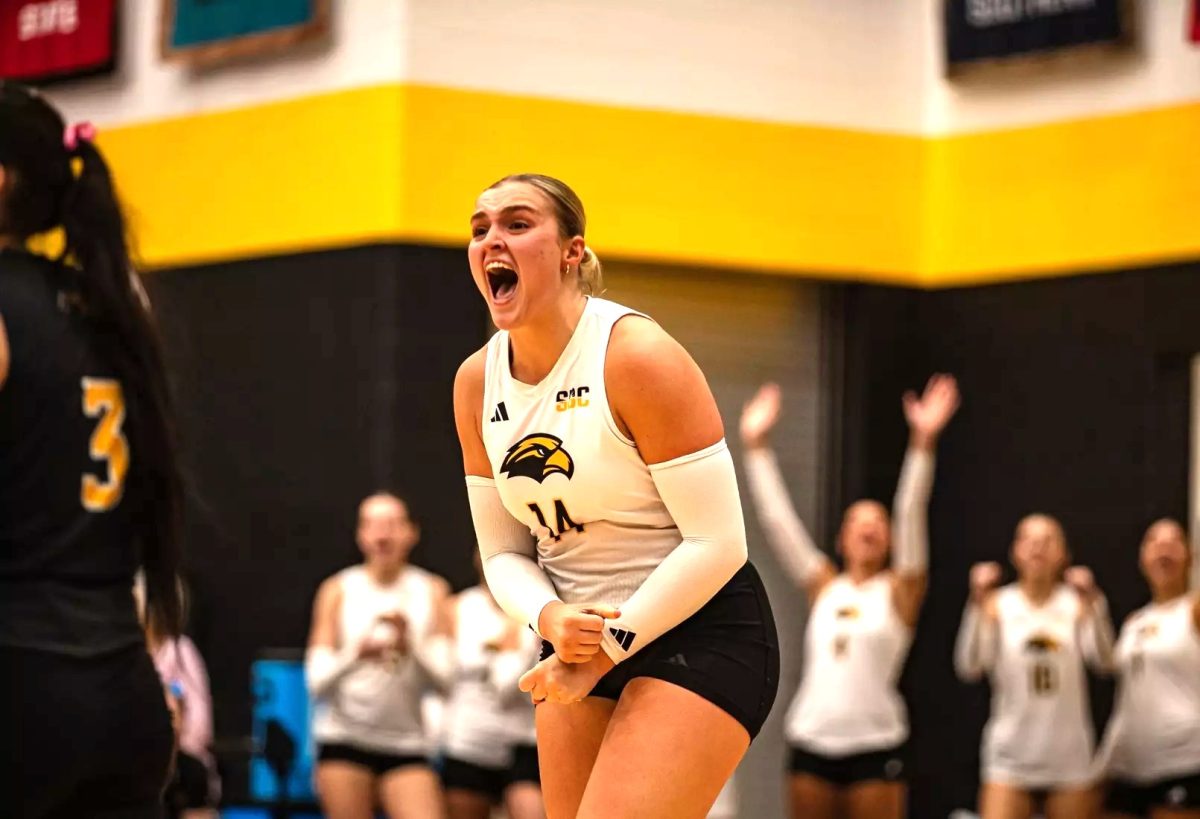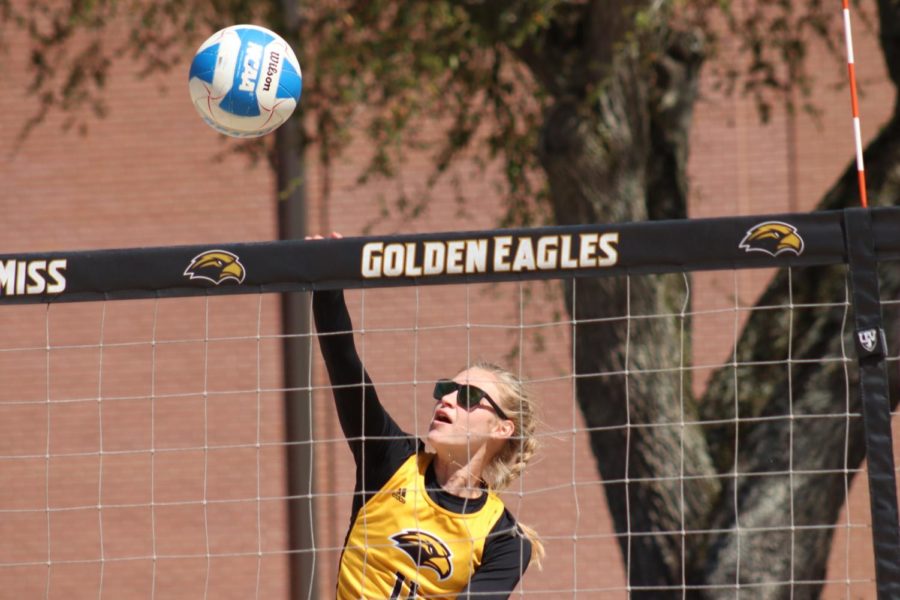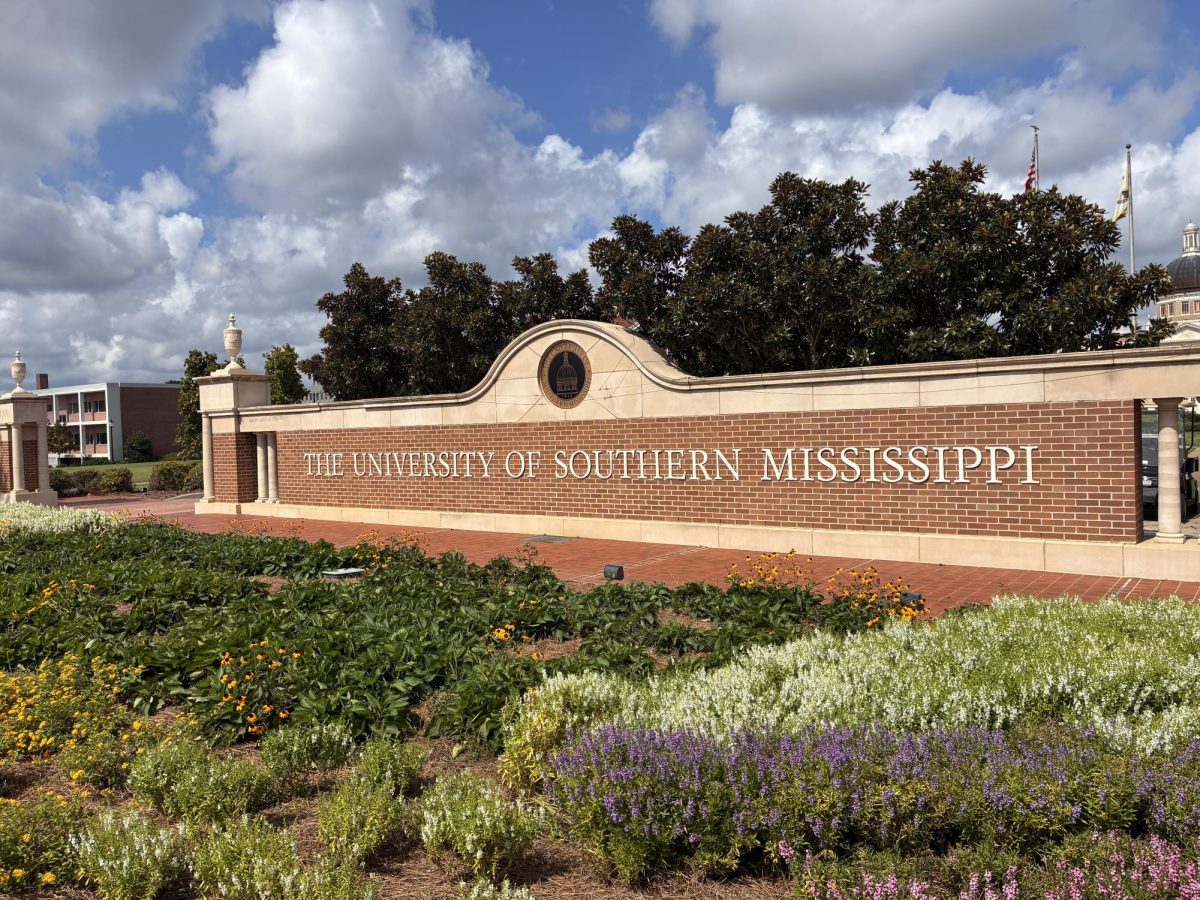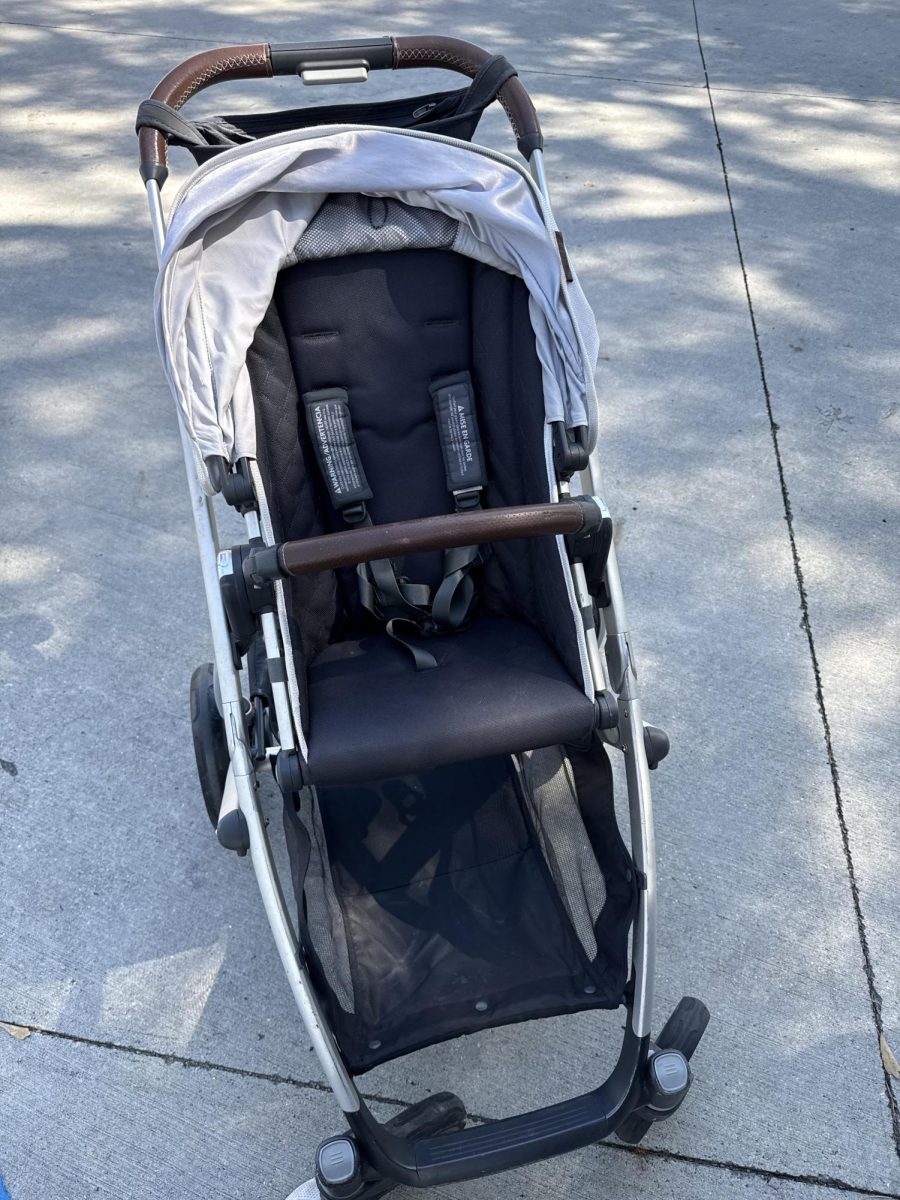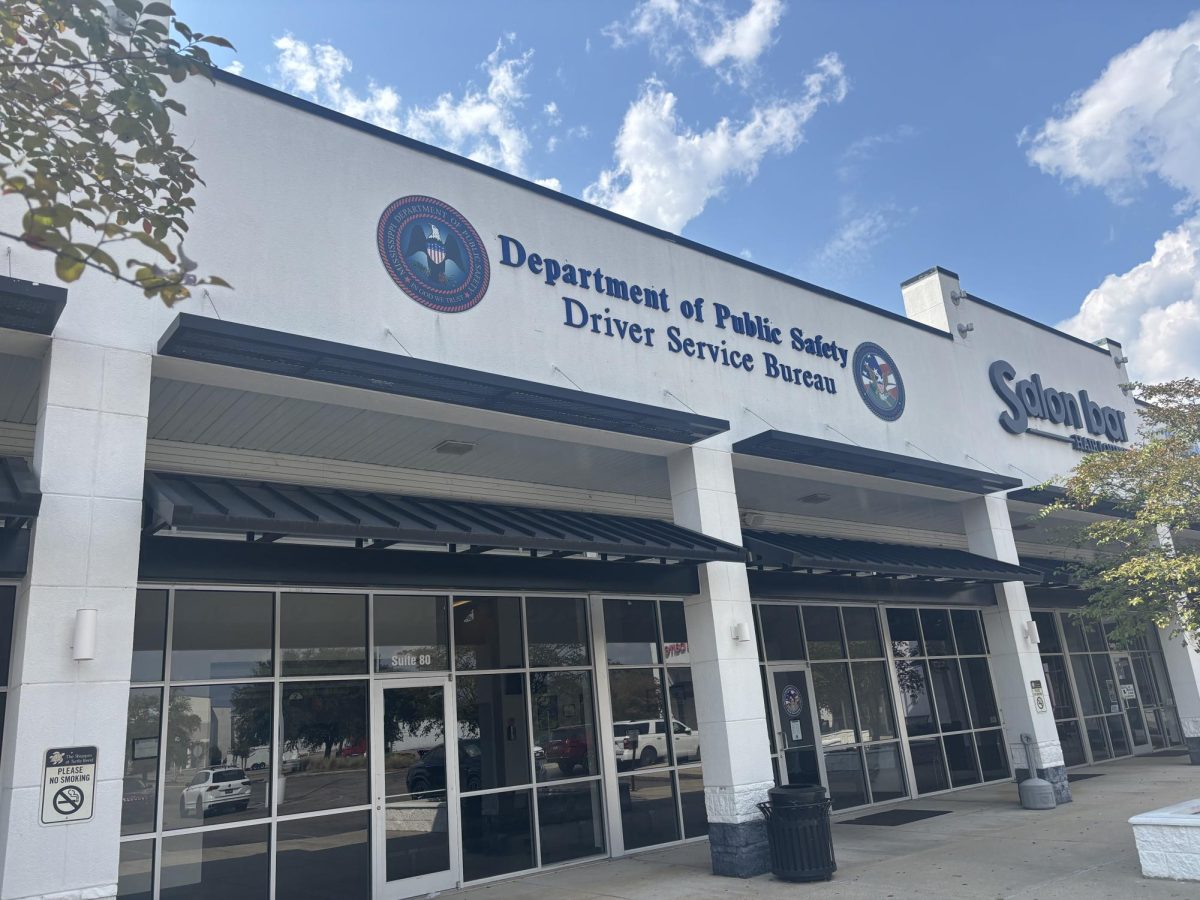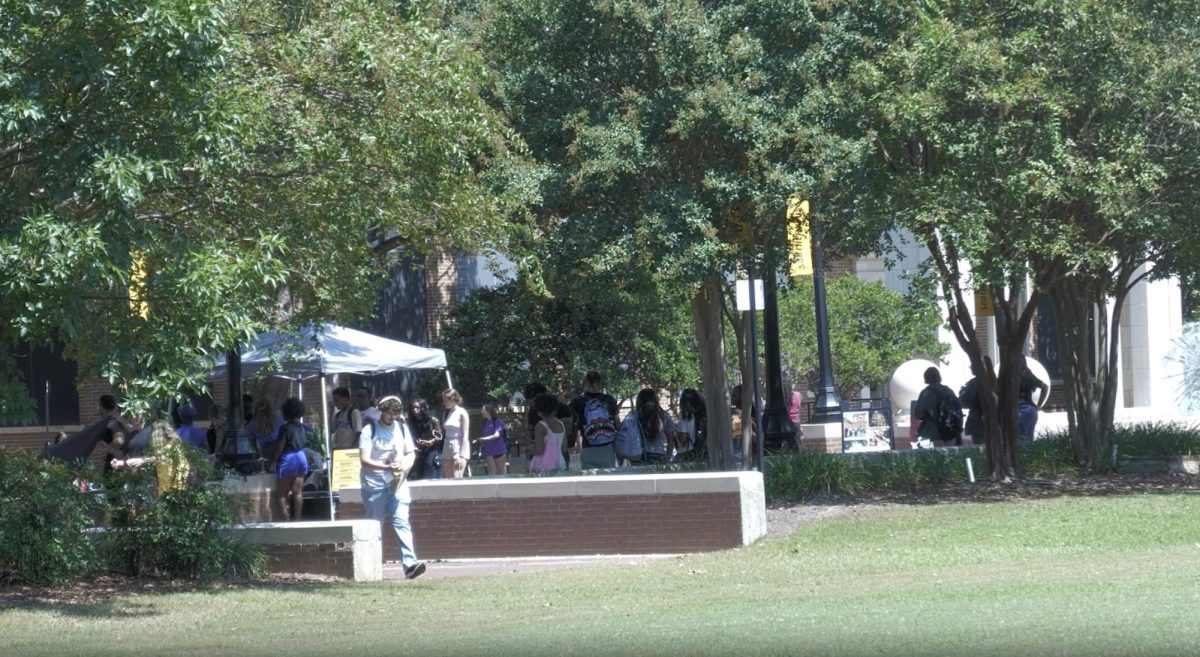Federal agencies reduced research funding by hundreds of millions nationwide in early 2025, straining resources across disciplines and creating uncertainty for universities.
Agencies such as the National Institutes of Health and the National Science Foundation cut $1.81 billion in research grants between late February and early April.
Kelly Lucas, vice president for research at The University of Southern Mississippi, said the department has worked with faculty to ease the “disruption” on students. Still, funding changes have already led to cuts in graduate and teaching assistant positions in certain underfunded programs.
“…Our program has had several of our GA/TA positions cut, which makes our graduate program less appealing to incoming students,” said Titus Desjardin, an anthropology graduate student involved in the Mississippi City Cemetery cleanup program.
Desjardin said fewer incoming students often result in less funding from the university for a program.
“So, cutting those positions creates a bit of a catch-22,” he said. “The university cuts funding from a program, so the program becomes less appealing to incoming students, and then the slower rate of students coming in can be used to justify more cuts to the program. I hope that doesn’t actually end up happening, but it creates a cycle that isn’t easy to break, especially in a program that’s already as small as ours,” he said. “Personally speaking, I probably would not have been in a financial position to attend USM if not for their offering me an assistantship, so the cuts have been worrying to me in that respect.”
“I think all of us in health and just research in general in academia have felt those challenges,” said Dr. Jennifer Lemacks, USM associate dean for research and innovation. Lemacks, who conducts community-based research aimed at reducing chronic disease disparities and improving health equity, said the shifting landscape has been difficult.
“Whether we’ve seen programs be eliminated or change directions, we’ve seen these pressures, we’ve seen some fundings, you know, get canceled and then come back, and so, it has made for a tumultuous-like landscape.”
Still, Lemacks said resilience is part of the field.
“But I think that most of us are pretty resilient. We’re used to some kind of change.” She noted that federal and state funding frequently shifts as priorities change with leadership. “So, you have to be nimble and be able to pivot, you know, when necessary to keep the work alive.”
Amid shifting funding landscapes, Lemacks said she remains grounded in the relationships that shape her work.
“…So, like, just my local partnerships and things like that is at the core of everything that I do, and it has to do with my fundamental value that if my neighbor is unwell, then so am I,” she said. “And I believe that in order to solve the problems that we see in our communities, we need to be working with our communities to create those solutions.”
For Lemacks, the heart of research lies in the relationships built with local organizations and the shared learning that drives new solutions.
“There’s a lot that we can’t understand about the day to day of an individual or a healthcare organization and their challenges and what they’re experiencing,” she said. “And so, we need that knowledge to be able to make a difference and to make a difference effectively.”


